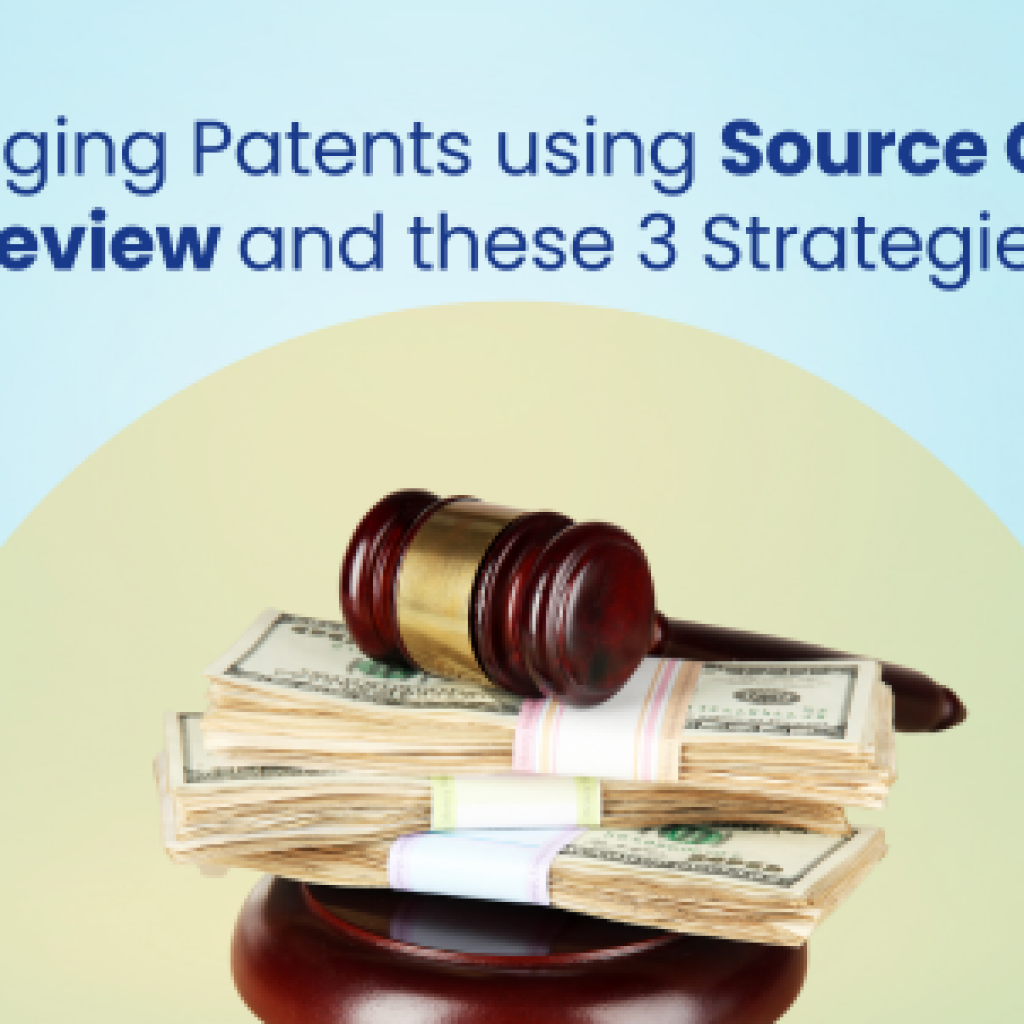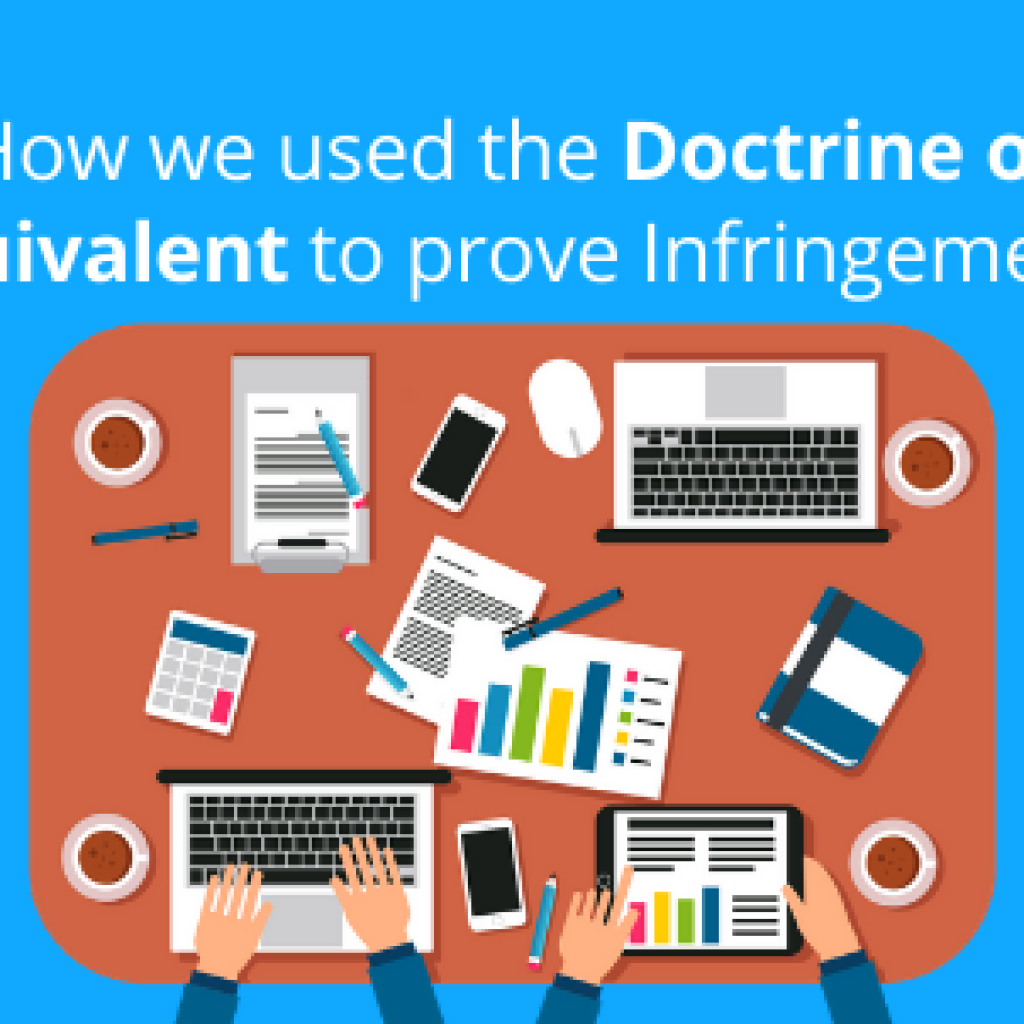It is not uncommon for companies to engage in aggressive patent pruning due to budgetary constraints. However, what if one could analyze the licensing potential of these patents before the patent pruning process?
This article introduces the cons of a half-baked patent pruning strategy by studying the patents pruned by three companies from distinct sectors. The patent portfolio was subjected to the Pruner feature on GreyB’s Slate Tool and then manually analyzed, revealing how these companies lost valuable patents due to aggressive pruning. Eventually, the article will show how to safeguard your potentially high-earning patents by analyzing your patent portfolio quarterly.
If you’re considering pruning your patents, hold off – they might be worth more than you think!
Sharp
The company is a renowned Japanese multinational known for its cutting-edge consumer electronics, home appliances, and solar panels. The company is a pioneer in LCD technology and continues to innovate across various sectors, including business solutions, healthcare products, and microelectronics.
Looking at its abandoned patents last year, the number was around 600 patents. On analyzing them, we discovered that over 180 of these had high licensing potential. Let’s look at the value of some of these pruned patents.
US9078241B2 – The systems and methods for establishing multiple radio connections
- Companies such as HTC, Qualcomm, LG, Huawei, and Kyocera faced rejection for their applications due to this particular patent. This shows that the technology is sought by multiple companies, which increases the licensing potential of this patent.
- It has an extensive active family of 12 patents in 4 jurisdictions (USA, Japan, WIPO, and Canada). The broad geographical coverage adds to its licensing potential, as it can impact a wide range of markets.
US10397964B2 – Wireless communication system, terminal apparatus, base station apparatus, wireless communication method, and integrated circuit
- Sony’s abandonment of four patent applications due to this specific patent signals its importance in the wireless communication sector. Therefore, it reflects the competitive advantage this patent provides to Sharp.
- It is observed that this patent is still in its first maintenance cycle, just 3.5 years after the issue date. This indicates that it is a relatively new technology with a substantial remaining licensing life.
- We were able to pinpoint assignees maintaining similar patents on this technology, implying that this patent is not only valuable but also sought after in the market. It’s a testament to its potential as a licensing asset.
US10250897B2 -Tile alignment signaling and conformance constraints
- 19 applications of KT technology faced rejection due to this patent. This highlights the patent’s significance and its role in setting industry standards.
- The presence of other assignees maintaining patents on similar ideas suggests that this technology is not only valuable but also highly competitive. This competition can drive up its licensing potential as companies seek to secure rights to use this technology.
Toyota
The company is a global leader in automotive manufacturing and is renowned for its extensive range of vehicles, including sedans, SUVs, and hybrids. It is highly regarded for its fuel efficiency, hybrid technology innovations, and commitment to reliability and sustainability in the automotive industry.
Looking at its abandoned patents last year, the number was around 2300 patents. On analyzing them, we discovered that over 600 of these had high licensing potential. Let’s look at the value of some of these pruned patents.
US10262537B1 – Autonomous Optimization of Parallel Parking Space Utilization
- This patent’s recent citation by Pied Parker’s patent (US10286801B2) highlights its relevance in the autonomous parking technology landscape. Such citations are indicative of its influence and potential licensing value.
- The fact that it has four times more forward citations than backward citations demonstrates that industry players are actively looking to build upon and utilize the technology covered by this patent.
US10250093B2 – Stator for rotary electric machine and method for manufacturing the same
- Aisin Corporation’s applications facing examiner questions and abandonment due to this patent emphasize its significance in the field. When a patent raises questions about the novelty of other applications, it becomes a valuable asset with high licensing potential.
- The presence of a substantial active family of 12 patents across five different jurisdictions (USA, Europe, Japan, WIPO, and Canada) indicates the broad reach and applicability of this technology. Licensing agreements can capitalize on this global coverage.
- Furthermore, other assignees maintaining 90% of patents on similar ideas point to a competitive landscape where this technology is in demand.
US10286801B2 – Charge system to improve battery operational life
- The USPTO Examiner questioning the novelty of Hyundai and Ford patents based on this patent suggests its influence in the battery charging system sector. Such challenges to other patents indicate its licensing potential as a key technology.
- Being in its first maintenance cycle, just 3.5 years after the issue date, it represents a relatively new and cutting-edge technology. Licensing it will provide companies with the latest battery operational life improvement advancements.
Get a Complete List of High-Value Patents Abandoned by You & Renew Them Before Its Too Late
Intel
The company is well known for its microprocessors and chipsets, integral to personal computers and servers. Additionally, it is at the forefront of computing and communication technology, continually advancing in areas like data centers, AI, and cloud computing.
Looking at its abandoned patents last year, the number was around 1500 patents. On analyzing them, we discovered that over 250 of these had high licensing potential. Let’s look at the value of some of these pruned patents.
US9119154B2 – Opportunistic Carrier Aggregation for Dynamic Flow Switching Between Radio Access Technologies
- This patent is cited extensively by examiners, a total of 71 times, displaying its significant role in the field of radio access technology. This high citation rate shows its substantial influence and potential for licensing.
- Major industry players like Apple, Qualcomm, Huawei, Samsung, and Nokia have faced patent rejection due to this patent, highlighting the competitive edge that Intel can have, making it an appealing licensing asset.
- With 45 family members across 10 different jurisdictions, this patent offers wide geographical coverage. Licensing agreements can leverage its global reach and market potential.
US10372454B2 – Allocation of a segmented interconnect to support the execution of instruction sequences by a plurality of engines
- The significant number of backward citations, with 474 out of 477 added by the applicant, indicates thorough research and a strong focus on this patent.
- Being in its first maintenance cycle, just 3.5 years after the issue date, suggests that it represents a new and advanced technology. Licensing this patent can provide companies access to the latest advancements in segmented interconnect technology.
US9042286B2 – Reducing wireless power consumption and signaling overhead for internet application background messages
- The patent played a role in abandoning T-MOBILE USA INC’s application (13839575). This impact positions it as a valuable licensing asset for companies looking to optimize power usage in wireless technologies.
- The observation that other assignees maintain multiple patents on similar ideas indicates a competitive landscape where this technology is in demand. Licensing agreements can provide access to this crucial innovation, potentially revolutionizing background messaging in Internet applications.
Conclusion
While aggressive patent pruning may seem like a cost-saving strategy, this approach can inadvertently lead to the loss of high-value patents with significant licensing potential, as examined in this article.
In an innovation-driven domain, the value of a well-maintained patent portfolio cannot be underestimated. Therefore, incorporate quarterly portfolio assessments with Slate’s pruner report and ensure you don’t miss out on patents that can help you make millions.
Authored By: Annie Sharma and Hemant Garg












